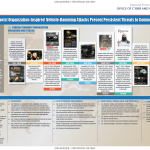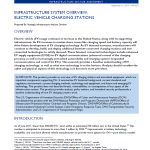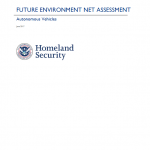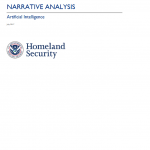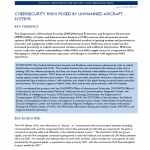
The Department of Homeland Security (DHS)/National Protection and Programs Directorate (NPPD)/Office of Cyber and Infrastructure Analysis (OCIA) assesses that unmanned aircraft systems (UASs) provide malicious actors an additional method of gaining undetected proximity to networks and equipment within critical infrastructure sectors. Malicious actors could use this increased proximity to exploit unsecured wireless systems and exfiltrate information. Malicious actors could also exploit vulnerabilities within UASs and UAS supply chains to compromise UASs belonging to critical infrastructure operators and disrupt or interfere with legitimate UAS operations.

